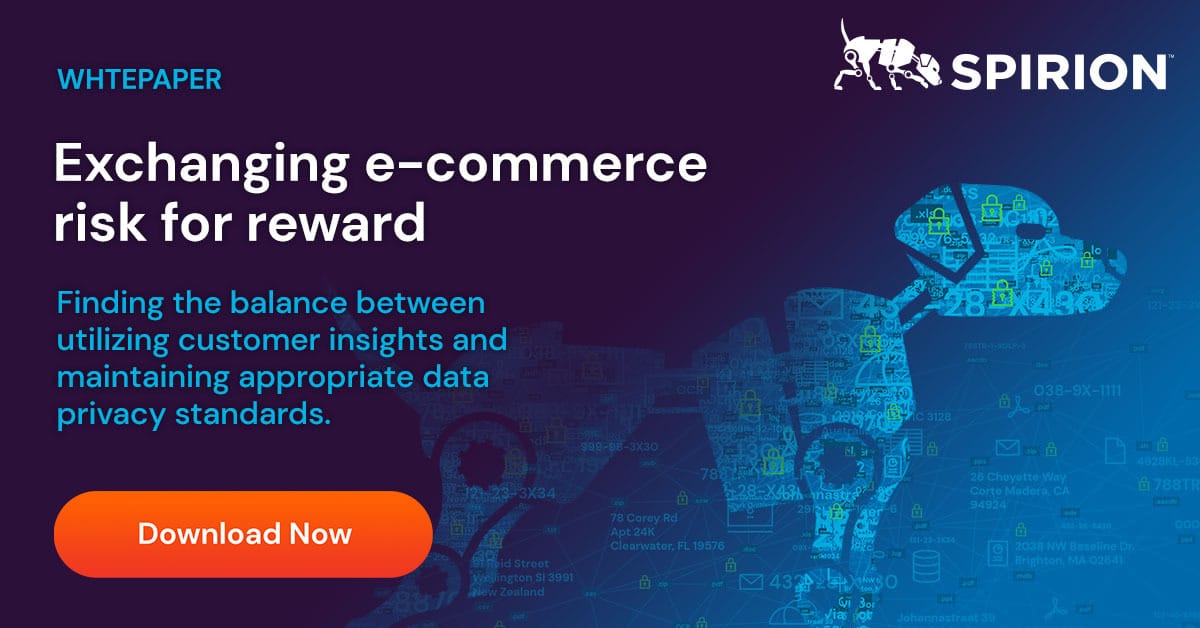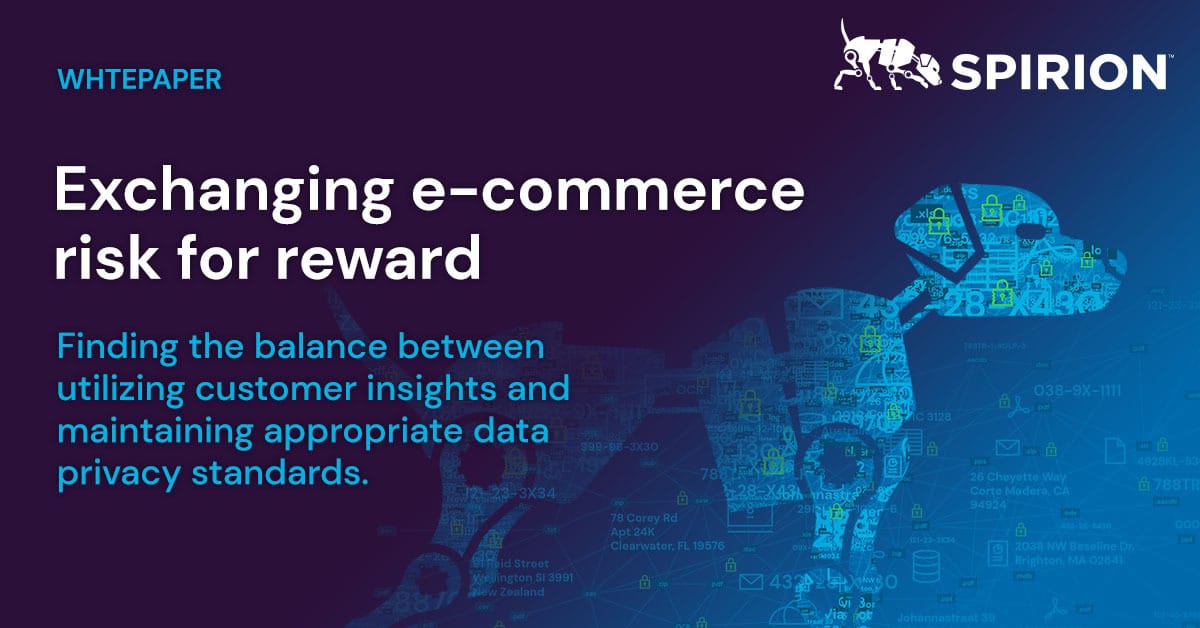Thanks to the pandemic, e-commerce has become the de facto business model all over the world. While this has opened up incredible new opportunities for traditionally brick and mortar organizations and their teams, it also means more sensitive information is at risk than ever before. It’s now far more complex for companies to thread the line between using customer data for marketing and sales insights while remaining compliant with current regulations.
More data, more apps, more problems
The move from a centrally located repository to online warehouses means data production is increasing at a much faster rate than before. Not only are organizations using new online stores, they are also increasing their usage of SaaS platforms and cloud-based tools to manage the massive flow of data. And can you blame them? The pandemic caused an almost overnight shift towards remote operations that increased data usage via cloud-based networks and off-premise networks.
Discovering where sensitive data lies for classification purposes is not just a challenge for companies that are new to e-commerce but also those with more mature online presences. Unfortunately, a nascent sprawling infrastructure was forced upon the world before most folks knew how to deal with this sudden onslaught of personal information. The result: many organizations have bad data management practices that can lead to noncompliance in most cases and severe data breaches in others.
Identifying and accepting the obstacles in the way of compliance is the first step in building out a resilient e-commerce environment.
Handling a remote workforce
It’s not just customer information that organizations have to watch out for. The COVID-19 pandemic has resulted in a remote workforce accessing sensitive files across multiple devices and operating systems. While many employees are returning to the office, 25% of employees will choose to continue to work from home indefinitely. In fact, each employee has access to sensitive information that can be breached while data is in transit or offline.

Dealing with ever-increasing security and privacy regulations
Organizations are now struggling to manage compliance across a range of regulatory bodies like PCI, GDPR, and the California Data Protection Act as well as the slew of statewide data privacy laws that have sprung up as a result of the almost overnight rise in e-commerce. In order to understand which compliance regulations apply to them, companies need to have a deep understanding of the fundamental aspects around their day-to-day data sharing practices.
Balancing business objectives and compliance
It’s no surprise that these issues have thrown a wrench into several operational activities. Traditionally, organizations would be able to utilize consumer data for their own digital marketing initiatives. Now, many feel like they need to look over their shoulders every time they attempt to try out some new tactic to generate a business advantage. Maintaining customer integrity while pushing for better insights is a delicate but critical balance.
Why not choose both?
What if you could have your cake and eat it too? Why not have the ability to handle the latest compliance regulations while at the same time utilizing customer data for your marketing operations?
A comprehensive data security platform that enables data discovery across platforms and operating systems is ideal for the modern sprawling infrastructure that makes up most e-commerce organizations.
Additionally, a platform that not only handles discovery well but also tags data with predefined scopes across unstructured endpoints can lead to better security and more success with compliance regulations.
But no data management platform would be valuable to any e-commerce organization without a tool that can de-identify and anonymize personal data for business advantage. It’s more important than ever to walk the line between compliance and marketing strategy. Having a tool that can help you do it is worth its weight in gold.



